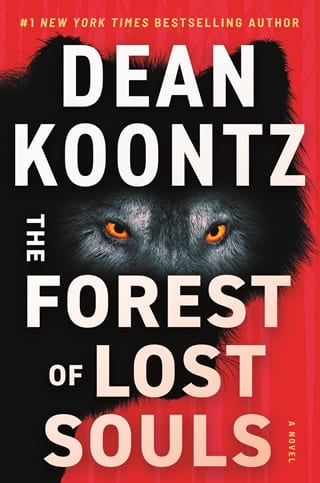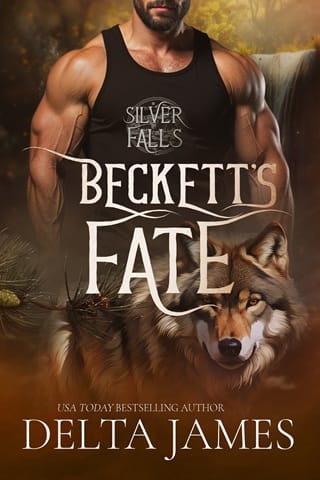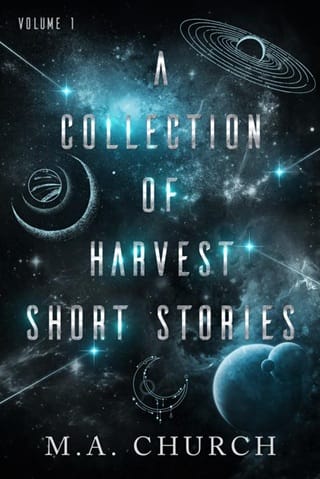21 THE SUITOR
21
THE SUITOR
On this Wednesday eleven months following José's death, less than twenty-four hours since Nash Deacon told Vida that he expects her submission, after she's slept in the rocking chair while wolves shared the porch and has awakened to find them gone, she's too tense to continue shaping the cat's-eye chrysoberyl that she'd previously sawn flat. Such work requires focus and patience.
She isn't going to sit waiting for Deacon's return, because to do so would be a kind of submission. She doesn't intend to submit to him in any way whatsoever. He might not come today, perhaps not even tomorrow. He's Machiavellian enough to torment her by delaying. She won't waste her days in the expectation of his return, while hour by hour her nerves grow as taut as violin strings. She must stay busy.
Although she wouldn't usually return to the placer mine for two weeks, she sets out with a can of bear spray holstered on her hip and two bottles of cold water in a small cooler. The early-morning forest is full of birdsong, a tapestry of woven light and shadow.
On her approach, squirrels spring up the fissured bark of tree trunks, not to the safety of high perches, but only far enough to watch her with interest as she passes.
In this deep shade, knotted cranesbill thrives, as do Bethlehem sage and pulmonaria. Among the dark-green leaves and white flowers of wake-robin, a red fox is foraging. Alert to Vida, it follows her with grave curiosity, wending through beds of toadshade, white baneberry, and ferns, among the last of which it vanishes.
With a shovel at the alluvial field and with a seining pan at the river's edge, she passes five hours. The first three reward her with nothing other than the benefits of exercise, but in the last two hours, she pans three important gemstones that, over centuries if not millennia, have weathered out of the rock that imprisoned them. Being crystals of corundum, which is natural aluminum oxide, they are therefore sapphires, but with one difference. Gem-quality corundum crystals come in a rainbow of colors; however, when a pink sapphire contains enough chromium to make it red, it is called a ruby. In the rough, these three rubies are so large that each might, when properly cut, provide a gem in excess of ten carats.
After cleaning up the excavation and burying her gear as usual, before heading home, she hunkers at water's edge and wets each of her finds in the river and holds it in the palm of her hand to study it not merely for what can be seen, but also for what it makes her feel . Her uncle used to call this "Vidanalysis." At first he'd used the term teasingly, but later with wonder and respect. Even at this early stage, by some mysterious power of perception that even Vida can't explain, she nearly always intuits the potential of any rough gemstone. In addition to the finished weight in carats, three things affect the value of a gem: color, clarity, and cut. She's convinced that all three of these big beauties will prove to be rich in color and of purest clarity. She will not make an error in the cutting.
She's been given great value for her work, and she's grateful. If there are such things as signs and portents, then three large, bright rubies might be interpreted as a promise that for every dark figure who enters her life, such as Nash Deacon, light will be provided to her three times over.
When Vida arrives home and unlocks the two deadbolts and lets herself inside, she goes directly to her workroom. She places the three gemstones in a drawer where the compartments in the sorting grid are lined with white velvet.
A day of labor leaves her in need of a hot shower, but first she steps into the kitchen to get a bottle of tea from the fridge.
In the center of the dining table stands a white bowl holding a dozen red roses artfully arranged with delicate ferns, the product of a well-trained florist. Nash Deacon has been here.
 Fullepub
Fullepub 



